How Risan Ended Up in the Roman Empire and Why You Should See It
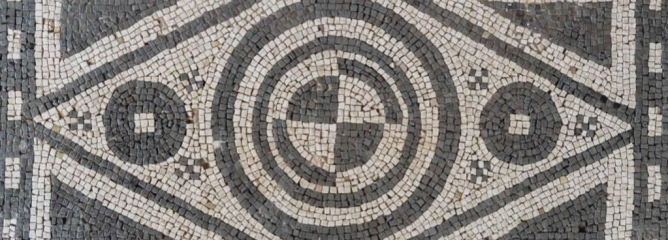
When Rome in 27 BCdecided to bring order to the Adriatic coast and specifically to today's Risan, a new province appeared here - Illyricum. Its borders stretched from the Adriatic Sea to Epirus in Greece. True, the locals were not at all delighted with the new "guests" and actively resisted. But the Romans persistently began to populate the lands with their people and officials, promoting the Roman way of life.
Risan, which in Roman times was called Rhizinium, quickly became an important place. It received the status of a fortified city with full rights of Roman citizens.
The city flourished in the 1st–2nd centuries AD, when the Roman Empire was at the height of its power.
And long before that, under King Gentius, the locals had the same rights as the Romans. They were free and exempt from all taxes, which was a great rarity at that time.
What remains from that time
On the site of the ancient city today there is an archaeological complex with the remains of a luxurious Roman villa and perfectly preserved mosaics dating back to the 2nd century AD
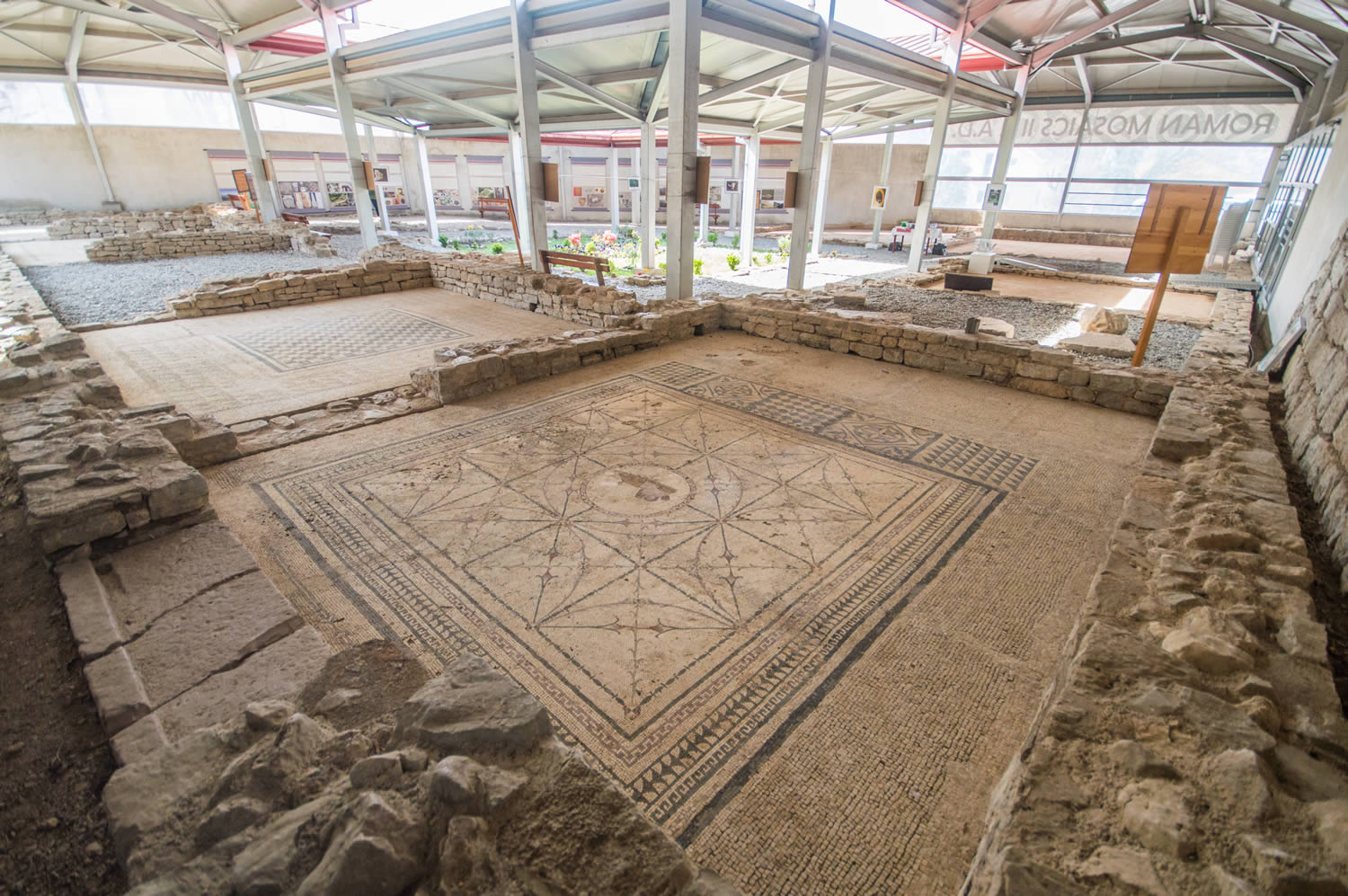
It was a real “urban estate” — a rich house with an inner courtyard and mosaic floors, which was considered luxurious even by Roman standards. It was located in the very center of the city and was very expensive.
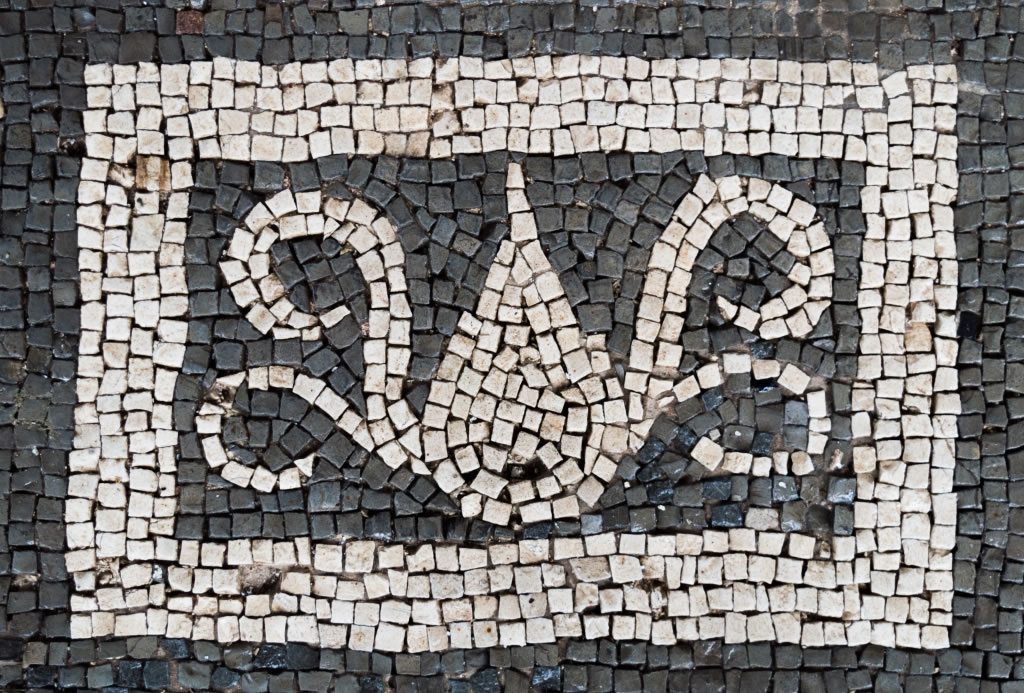
The mosaics were discovered in 1930 by Dusan Vuksan, the director of the museum in Cetinje. He also found out that the ancient settlement was originally on one bank of the river, but after earthquakes and changes in the relief, he came to the conclusion that the city rather developed from the other bank and grew almost to Cape Rtac. There were probably many monumental buildings there.
How the excavations went
The work was carried out in the area of Pješčina, next to the old road Risan - Grahovo. Everything was going well until the Second World War began. The Italian archaeologist Valenti continued the excavations in 1942, but because of the war he buried everything again, just so that they would not be damaged. But since it was the time of the Italian occupation, such protection did not work, and because of this, most of the mosaics were damaged. They returned to the work only in 1956 and it continued until 1960.
What can you see today?
The complex occupies 790 square meters. The villa is rectangular in shape, with a symmetrical layout of living rooms, a corridor in the middle. This is a striking example of typical Roman architecture in this part of the Adriatic. They are very well preserved to this day.
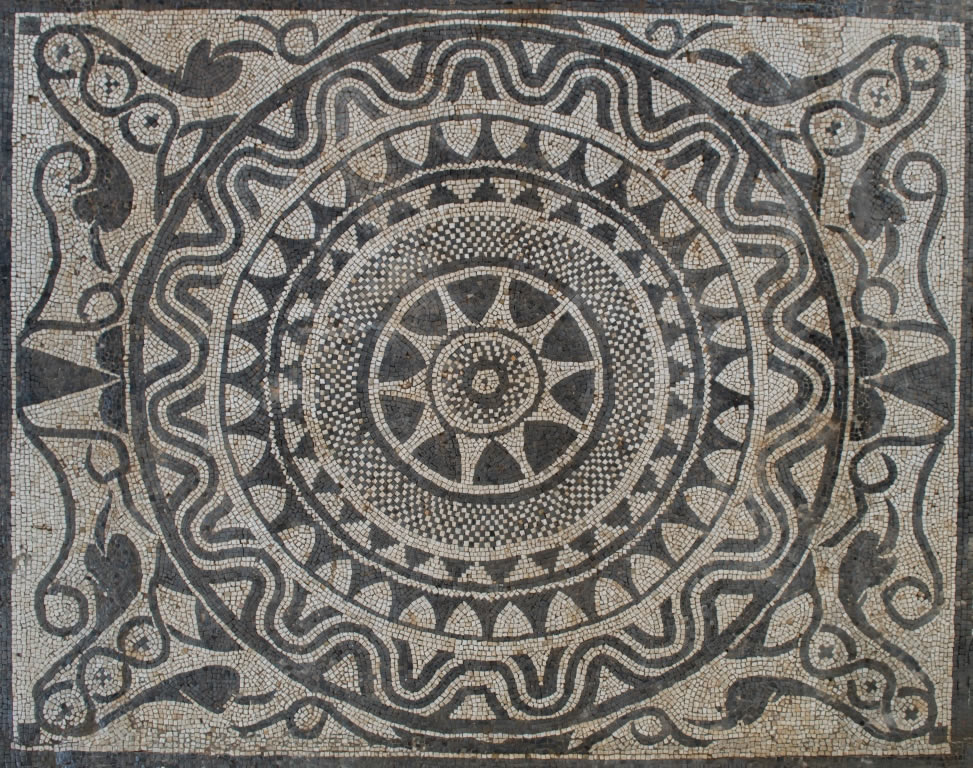
The floors of the rooms are decorated with mosaics. The most striking is the image of the god Hypnos, based on a small mosaic alternating with geometric figures (circles, triangles, rhombuses). Some circles with an eight-petal rosette in the center. In ancient Rome, such "flowers" often decorated architecture, ceiling coffers and steles.
Why exactly eight petals?
Eight is a number associated with lunar cycles and the solar year. And such a flower often meant a symbol of cyclicity, protection and vitality. It was closely associated with fertility goddesses. In Rome, such a rosette was considered to bring protection, harmony and feminine energy. It was an ideal pattern of harmony: the form of the sun and a flower in one, a protective image that helps the home, man and the earth.
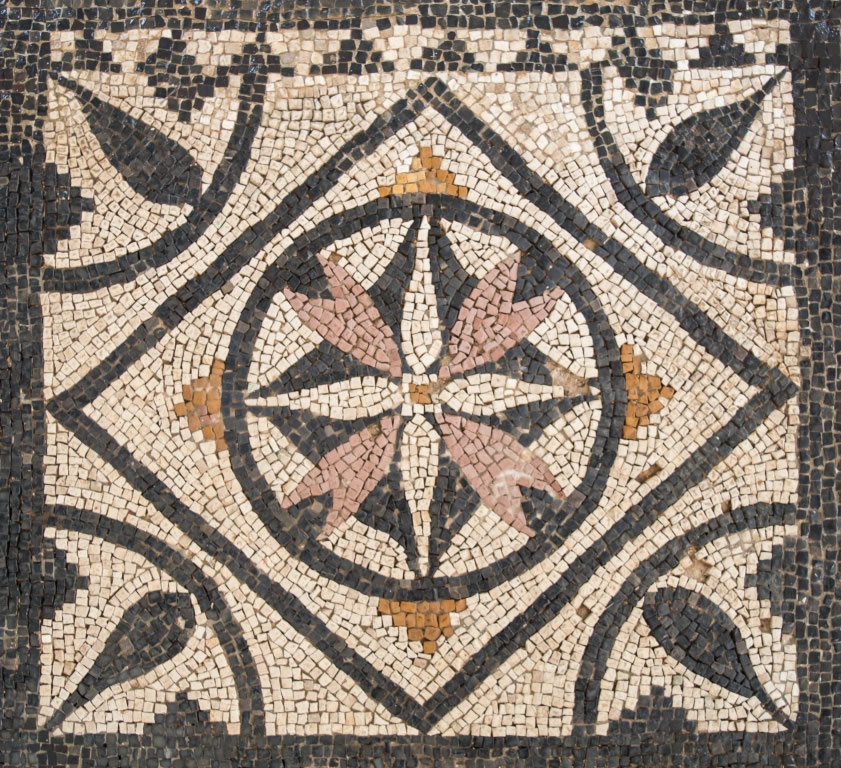
The god Hypnos himself is depicted as a half-naked youth, half-lying down. If you look closely, you can see folded wings behind his shoulders. The cult of the god Hypnos originated in Greek mythology and spoke of a handsome young god who touched the eyes of tired people and put them to sleep with a twig washed by the river of oblivion.
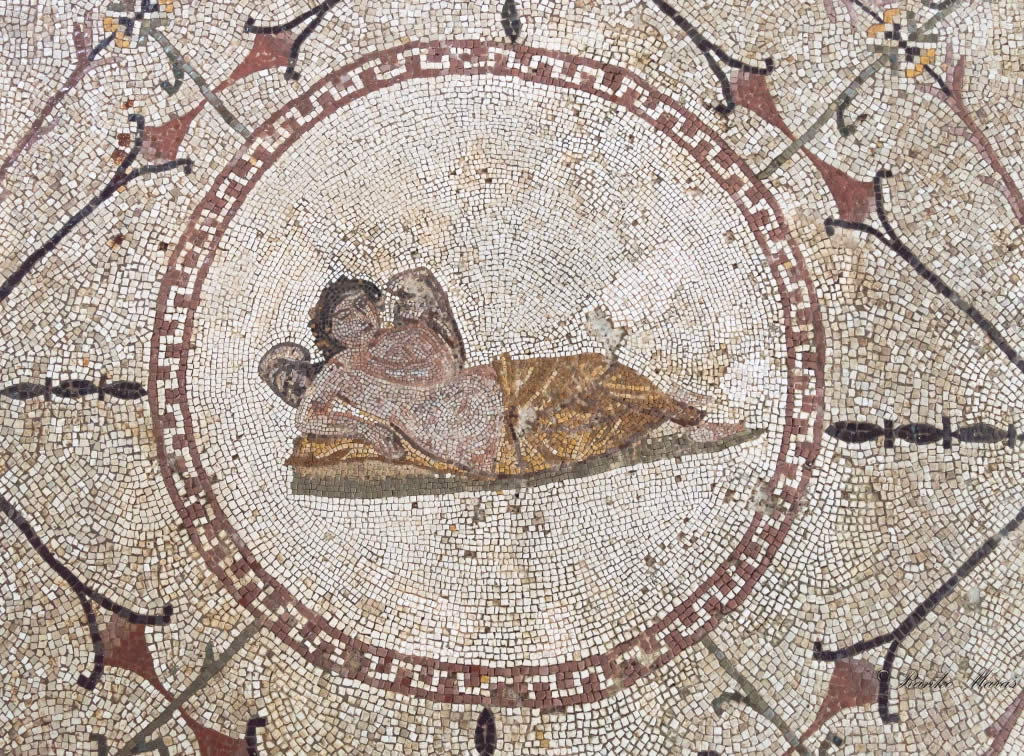
The mosaics of Risan are a trace of a civilization where every fragment of a pattern, every petal is not just a decoration, but a real life that was lived, felt, built and believed. Here, in the heart of Boca, a Roman villa reminds us that even after two thousand years, beauty does not disappear.